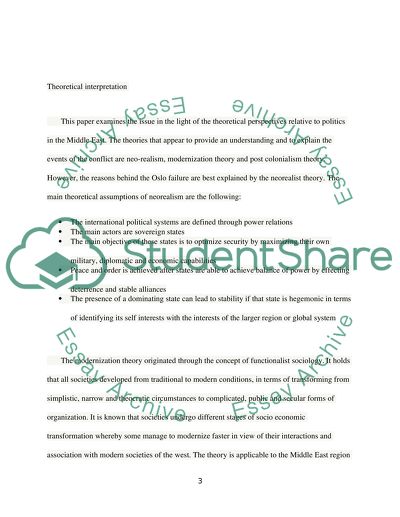Cite this document
(“Politics of the Contemporary Middle East Essay Example | Topics and Well Written Essays - 3000 words”, n.d.)
Retrieved from https://studentshare.org/politics/1395724-politics-of-the-contemporary-middle-east
Retrieved from https://studentshare.org/politics/1395724-politics-of-the-contemporary-middle-east
(Politics of the Contemporary Middle East Essay Example | Topics and Well Written Essays - 3000 Words)
https://studentshare.org/politics/1395724-politics-of-the-contemporary-middle-east.
https://studentshare.org/politics/1395724-politics-of-the-contemporary-middle-east.
“Politics of the Contemporary Middle East Essay Example | Topics and Well Written Essays - 3000 Words”, n.d. https://studentshare.org/politics/1395724-politics-of-the-contemporary-middle-east.


